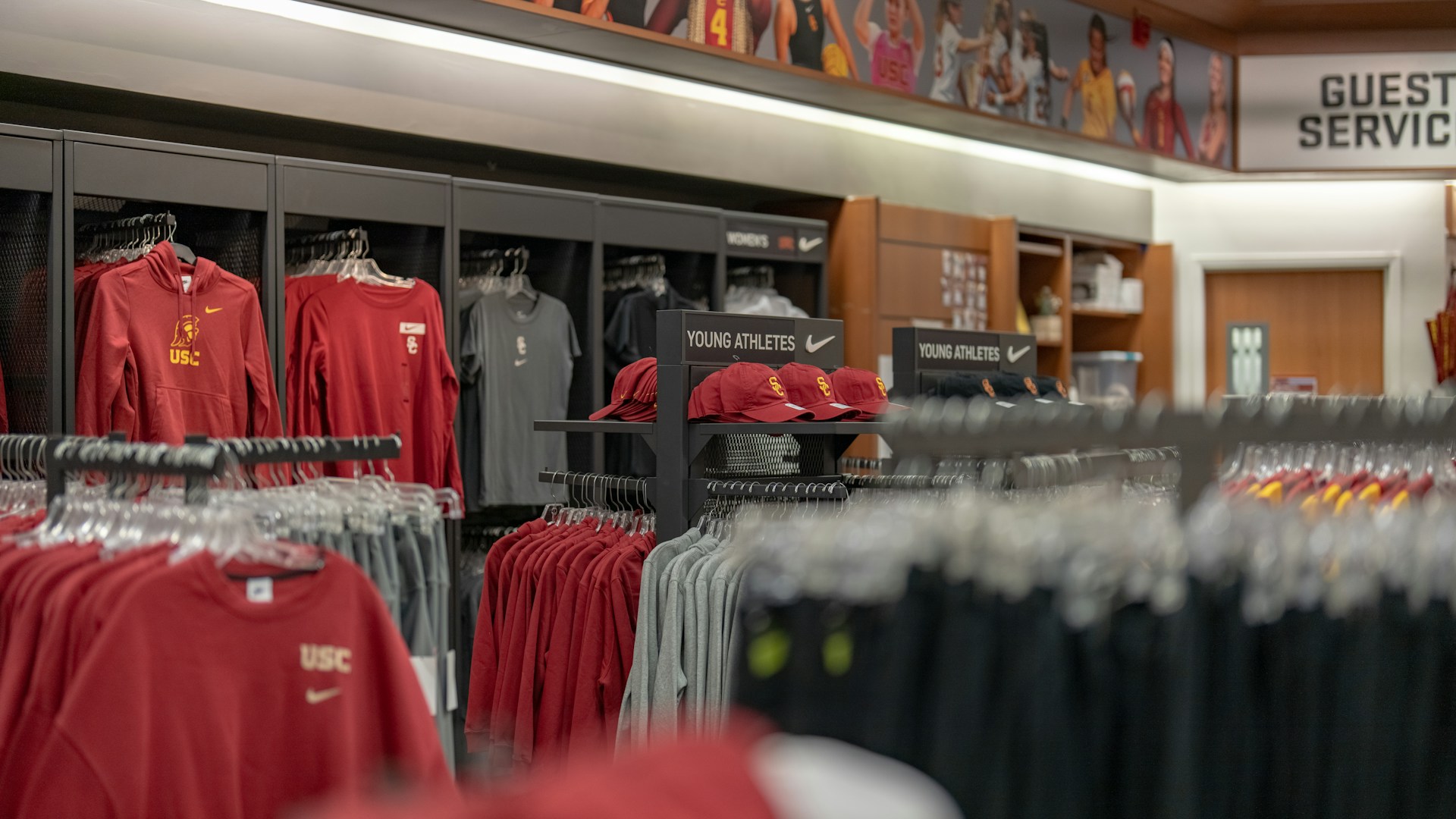The end of summer brings a familiar whirlwind for parents. As you try to soak up the last few weeks of vacation, a massive to-do list is always looming in the background: school supplies, new backpacks, and the most expensive item of all—a new wardrobe for your constantly growing kids. The pressure to send them back to school looking and feeling their best is real, but the strain on your wallet can be even realer.
The first step to a successful, stress-free shopping season is to create a dedicated budget. Many savvy parents set up a separate savings or checking account just for this purpose. Using a modern banking account with no hidden fees can be a great way to isolate your back-to-school funds, track your spending in real-time, and ensure you stay on budget from the first pair of shoes to the last pack of pencils.
A smart budget is the foundation, but a smart strategy is how you win the game. Here are some practical tips for outfitting your kids for the school year without breaking the bank.
Step 1: Start in the Closet, Not at the Mall
Before you spend a single dollar, the most important step is to do a full inventory of what your kids already have. Get them to try on all their clothes from last year. You’ll likely be surprised by what still fits.
Sort everything into three piles: “Fits Now,” “Too Small,” and “Maybe for a Younger Sibling.” This process allows you to see what you’re really working with. From there, you can create a detailed, written list of what you actually need to buy. A list is your best defense against the impulse buys and “just in case” purchases that can wreck a budget.
Step 2: Master Your Timing
There’s no rule that says you have to buy every single piece of clothing before the first day of school. In fact, that’s often the most expensive time to shop. A much smarter approach is to shop in phases.
- Buy the Essentials Now: Focus on getting just what your child needs for the first few weeks of school in the late summer.
- Wait for Clearance: The best time to buy fall and winter clothing like jackets, sweaters, and heavy pants is often in late September and October, when all the “back to school” rush is over and the first wave of clearance sales hits.
- Take Advantage of Tax-Free Weekends: Many states have an annual sales tax holiday for back-to-school items. This is essentially an instant discount on everything you buy.
Step 3: Embrace the Thrifty and Sustainable Option
Secondhand shopping has lost its stigma and is now a smart, sustainable, and incredibly cost-effective way to find high-quality clothes. Kids, especially younger ones, often outgrow their clothes long before they wear them out.
Explore local children’s consignment stores, which are often filled with name-brand items in excellent condition. Online thrift stores like ThredUP or Poshmark are another goldmine. And don’t forget to check your local parent groups on social media, where you can often buy entire wardrobes from other families in your community for a fraction of the retail price.
Step 4: Let Technology Do the Work for You
When you are shopping online, put technology to work to ensure you’re getting the best possible price. Before you check out, use a browser extension that can automatically search for and apply any available coupon codes to your order.
You can also use price-comparison apps and websites to check the price of a specific item across multiple retailers. A little bit of digital due diligence can lead to significant savings.
Step 5: Build a “Capsule Wardrobe”
Instead of buying a bunch of trendy, one-off outfits that will only be worn a few times, focus your budget on versatile basics that can be mixed and matched. The “capsule wardrobe” concept works brilliantly for kids.
Concentrate on buying high-quality staples in neutral or complementary colors—think solid-colored shirts, durable jeans and leggings, a good pair of sneakers, and a versatile jacket. With a solid base of interchangeable items, you can create a huge number of different outfits from a smaller, more manageable number of clothes.
Back-to-school shopping doesn’t have to be a source of financial anxiety. With a clear plan and a strategic approach, you can send your kids back to school in style while staying comfortably within your budget.










